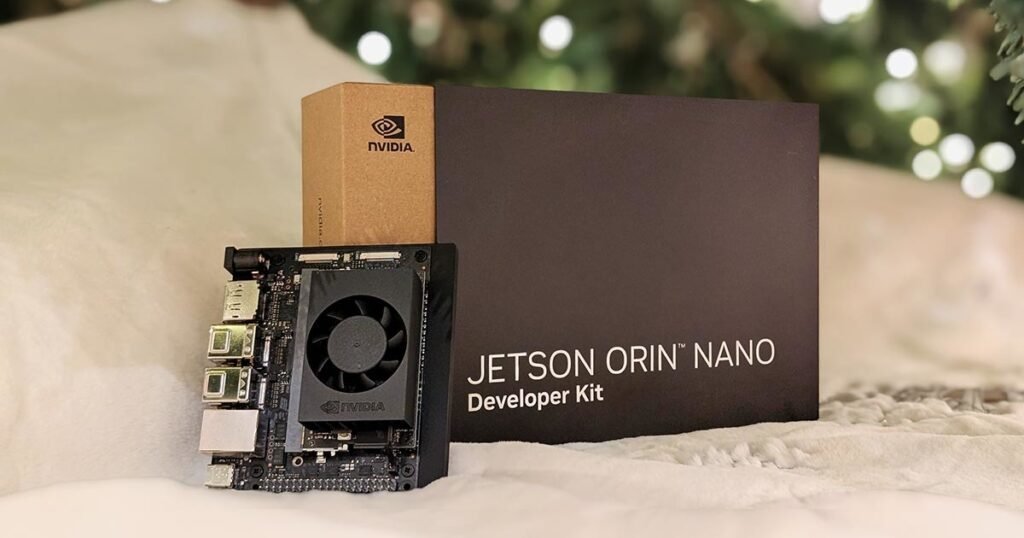For years, NVIDIA was best known to gamers. Its GeForce graphics cards powered everything from high-end gaming rigs to esports tournaments, and the green logo became synonymous with buttery-smooth frame rates. But somewhere along the way, NVIDIA quietly reinvented itself from a gaming company into the backbone of the artificial intelligence age. Today, it is one of the most valuable tech firms on the planet, a company whose chips fuel not just entertainment but breakthroughs in robotics, data centers, self-driving cars, and generative AI.
The story of NVIDIA’s rise begins with a simple observation by co-founder Jensen Huang in the 1990s: graphics processors were uniquely good at parallel processing, the ability to perform thousands of computations at the same time. While CPUs handled tasks sequentially, GPUs thrived on workloads that could be split into many smaller pieces. What started as a way to render lifelike video game graphics turned out to be the perfect architecture for training neural networks decades later.
That bet has paid off spectacularly. As artificial intelligence research exploded in the 2010s, scientists discovered that NVIDIA’s CUDA software and GPU hardware could accelerate deep learning models by orders of magnitude. Suddenly, the same hardware built for rendering explosions in video games was being used to train models that could recognize cancer cells, translate languages, and generate human-like speech.
NVIDIA didn’t stop at hardware. The company built entire software ecosystems around its chips, from CUDA libraries to AI frameworks like TensorRT. It expanded into cloud and enterprise markets, cementing itself not just as a supplier of chips but as a platform provider. The launch of its data center GPUs and the NVIDIA DGX systems positioned it as a critical player for companies racing to build and deploy AI.
Recent years have only cemented that dominance. The rise of generative AI tools like ChatGPT, Stable Diffusion, and countless others has driven insatiable demand for NVIDIA’s latest H100 GPUs. Tech giants like Microsoft, Google, and Amazon are all buying NVIDIA chips in bulk to power their AI clouds. In fact, the company’s quarterly revenue from data centers has now eclipsed its once-flagship gaming division.
Of course, success hasn’t come without challenges. Supply chain bottlenecks, rising competition from AMD and Intel, and geopolitical tensions around chip exports to China have tested NVIDIA’s resilience. Yet so far, the company has managed to stay ahead, with Jensen Huang often describing GPUs as the “new unit of computing” for the AI era.
In a sense, NVIDIA’s story is emblematic of the broader shift in technology itself. Where once silicon was about speed for games or consumer applications, now it is about intelligence—powering machines that learn, reason, and adapt. And in that transformation, NVIDIA has positioned itself not just as a participant but as the central enabler of the AI revolution.
As Wall Street and Silicon Valley watch its every move, one thing has become clear: NVIDIA is no longer just a graphics company. It is the company shaping the future of computing.



